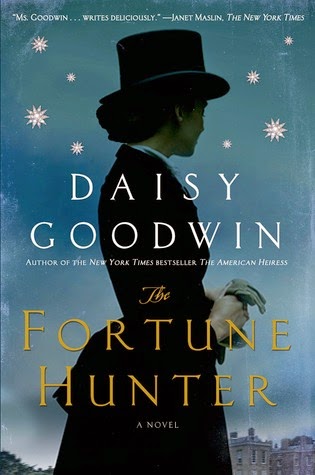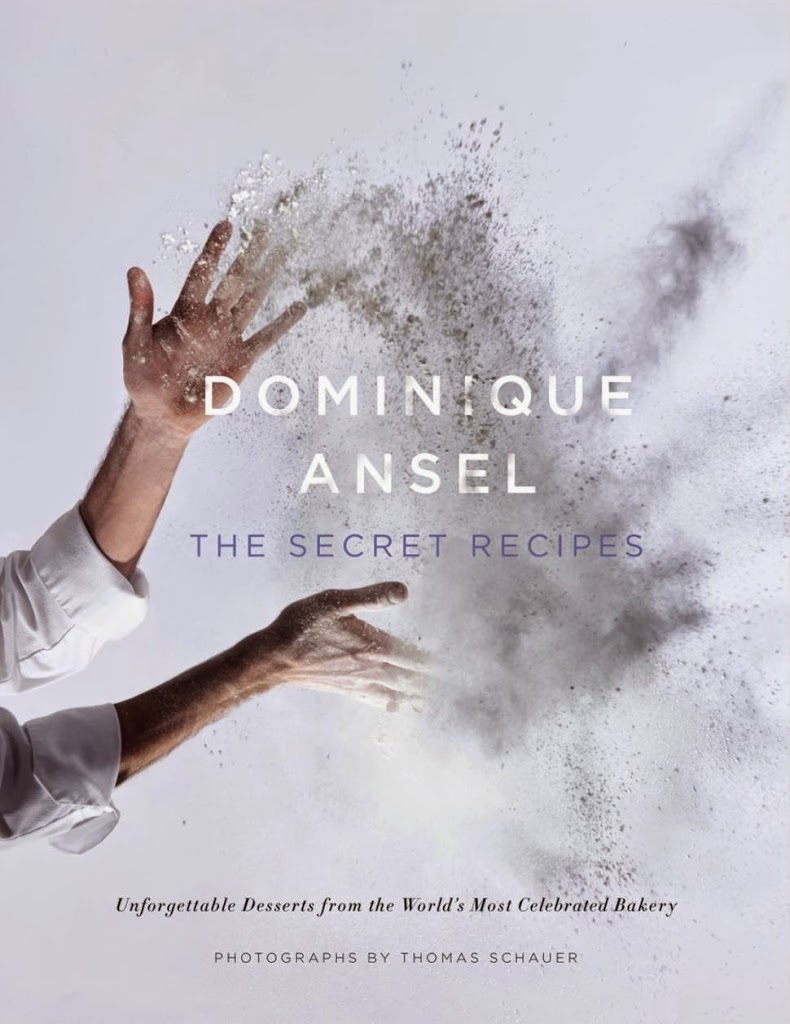
I was recently reminded of Sylvia Plath, after a walk past The Barbizon Hotel, and decided to revisit The Bell Jar, a book I read years ago and in a very different time in my life. I was much younger. This time around, I discovered the audiobook version read by Maggie Gyllenhaal. For me, her voice completely embodies that of Esther Greenwood, essentially that of Plath herself. Superb. And Plath’s prose is as resonant as ever. I still love it.
 |
| Helena Rubinstein holding one of her masks from the Ivory Coast, 1934. Photograph: George Maillard Kesslere. Helena Rubinstein Foundation Archives, Fashion Institute of Technology, SUNY, Gladys Marcus Library, Special Collections. |
I have been waiting for months, with very bated breath, for Helena Rubinstein: Beauty is Power at The Jewish Museum. It finally opened in October, and I just managed to get myself there after a super busy fall. It was indeed worth the wait. I have long been fascinated by Helena Rubinstein, a self-made global cosmetics magnate, entrepreneur, art collector and patron. She had a brilliant 60-year career and, arguably, single-handedly changed the way beauty and beauty products and treatments were perceived and made accessible in the first half of the 20th century. She also significantly set the standard for the salon as experience, hers each uniquely designed and filled with works of art. This stunning exhibition presents some 200 objects from Rubinstein’s personal collection, including paintings, jewelry, and clothing, as well as advertisements and samples from her cosmetics line. She was an early and important collector of African and Oceanic sculpture, which is amply represented in the show. She was also friend to and subject for many European modernists whose work, including a number of portraits of Rubinstein herself, form an essential part of the installation. Standouts for me were the selection of Helena Rubinstein products and packaging and the numerous beauty manuals and books she wrote. And there was something about her Venetian Rococo Mirror that drew me in, so personal and so evocative and reflective of a remarkable life lived, in absolute beauty.
www.jewishmuseum.org
The Inspired Home: Nests of Creatives is easily one of my favorite design books of the year. Gorgeously photographed and keenly curated, it presents some very cool spaces of some very cool creators. Standouts for me include all of the inherently modern Danish residences, and the homes of Rogan Gregory and Moby. Such an inspired book, very much befitting its title.
The Inspired Home: Nests of Creatives by Kim Ficaro and Todd Nickey with photography by Ditte Isager (Rizzoli, 2014)
I was immediately pulled into Daisy Goodwin’s new novel, The Fortune Hunter, simply by the fact that the young protagonist, Charlotte Baird, is a photographer and photocollagist. But of course its merits extend far beyond this. Set in Victorian England, The Fortune Hunter employs a number of historical figures from the era such as the Queen herself, Empress Elisabeth of Austria (Sisi) who was also the Queen of Hungary and Captain Bay Middleton, among many others. Goodwin’s historical research for this work is impressive and her storytelling quite captivating. I essentially didn’t want it to end. And if you’ve not read her other novel, The American Heiress (St. Martin’s Press, 2012), you really should.
 |
| Joan Didion photographed by Irving Penn, Vogue, September 1996. www.vogue.com |
A promising and well-deserved documentary, We Tell Ourselves Stories in Order to Live, is underway about the life and career of the great Joan Didion. Directed by her nephew, actor and filmmaker Griffin Dunne, and notable documentarian Susanne Rostock, We Tell Ourselves Stories in Order to Live is right now in the middle of a Kickstarter campaign to raise funds in order to complete the film. This momentous documentary is for sure one I know I want to see. You can take a look at the trailer here.
One of the most inspired exhibitions we’ve seen so far this fall is Dance & Fashion at the FIT Museum, quite superbly curated. It was lovely to see at close range costumes from some our favorite ballets, those of very recent years and also those from as far back as the early 19th century. It was also fantastic to learn of the work of designers I had no idea designed for dance such as Gianni Versace and quite thrilling to see iconic costumes like those worn by Martha Graham and Judith Jamieson. And it was such a treat to watch once more David Michalek’s Slow Dancing film featuring his wife Wendy Whelan that was part of the Dries Van Noten exhibition in Paris earlier this year. The catalog is well worth your time, and I imagine the two-day Dance & Fashion symposium on October 23 and 24 will be too.
Dance & Fashion will be on view through January 3
www.fitnyc.edu/museum.asp
Every now and again I like to read a novella. It feels like a break from my regularly scheduled reading — that which is either for work or pleasure. A vacation from the vacation. I love the word novella. And I find the notion of the novella somehow romantic and nostalgic. Some of my favorites include The Light in the Piazza (1960) by Elizabeth Spencer, Gigi (1944) by Colette and The Diamond as Big as the Ritz (1922) by F. Scott Fitzgerald. I’ve just finished reading Mrs. ‘Arris Goes to Paris (1958) by Paul Gallico, an incredibly prolific writer probably best known for The Snow Goose (1941) and The Poseidon Adventure (1969). Mrs. ‘Arris Goes to Paris, apparently quite popular in its day, tells the story of London charwoman Mrs. Ada Harris who dreams of traveling to Paris to the House of Dior. Completely charming, just as I suspected.
In great anticipation of Gabrielle Hamilton’s new (and first) cookbook Prune, I was happily reminded to read her New York Times Bestselling memoir, Blood, Bones & Butter (Random House, 2011). I can’t believe I waited so long. Really. It is seriously well-written and completely engaging, and is, at once, raw and fearlessly honest, poetic and quite beautiful. One of the best books I’ve read in a while. And if you’ve not been to Prune, Hamilton’s 15-year-old gem on East 1st Street, you must go. Hands down one of our favorites.
Prune (Random House, 2014) by Gabrielle Hamilton is due to be released on November 4
www.prunerestaurant.com
Among the many highlights of the wedding we did Saturday night was the divine croquembouche made by Dominique Ansel (known to many as the inventor of the Cronut) that served as the wedding cake. It was sublime in look and taste, the best we have ever had and a true work of art. French-born (obviously) Ansel is widely considered one of the finest pastry chefs in the country, and we can attest he is one of the nicest too. We can’t wait for his first cookbook, Dominique Ansel: The Secret Recipes, due out on October 28!
Dominique Ansel: The Secret Recipes (Simon & Schuster, 2014)
Dominique Ansel Bakery, 189 Spring Street, NYC www.dominiqueansel.com
 |
| Irving Sandler: Out of Tenth Street Into the Sixties, a most fascinating exhibition that just opened at the Loretta Howard Gallery, 525-531 West 26th Street, NYC. Curated by the celebrated art historian and critic Irving Sandler, this show offers an insider view on the shift away from Abstract Expressionism in American art from the mid 1950s into the early 1960s. On view until October 11. www.lorettahoward.com |










